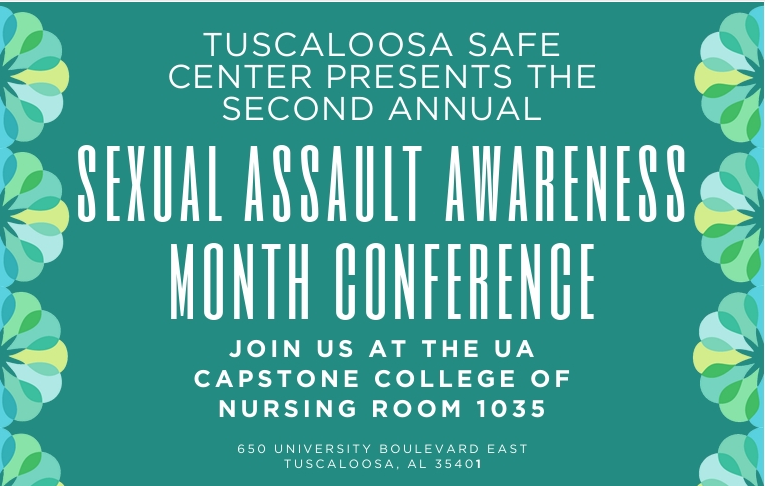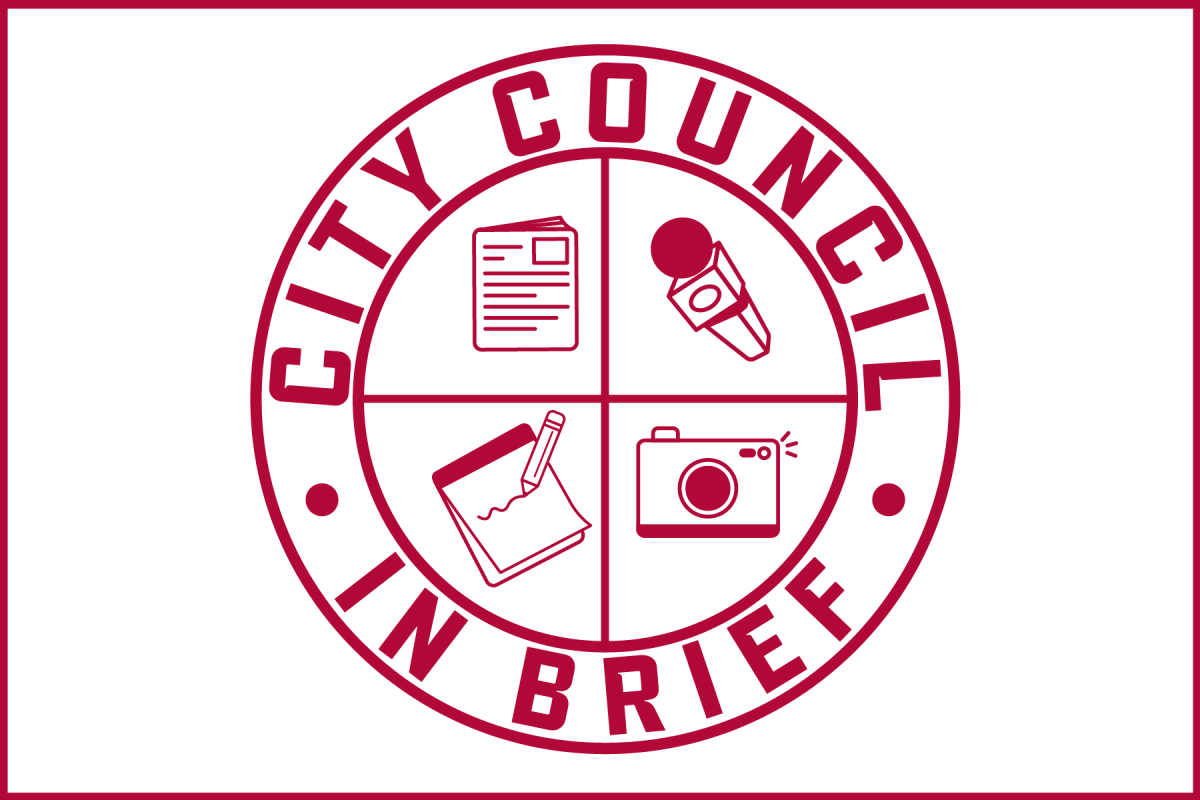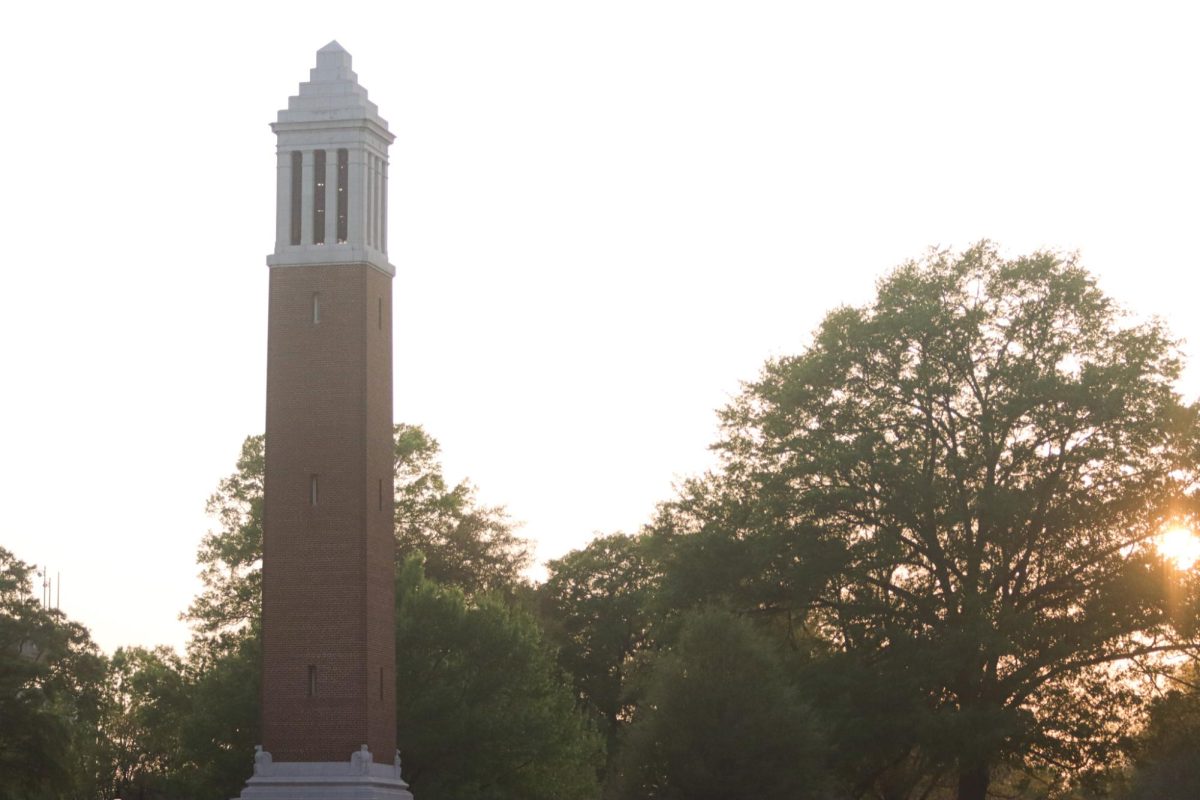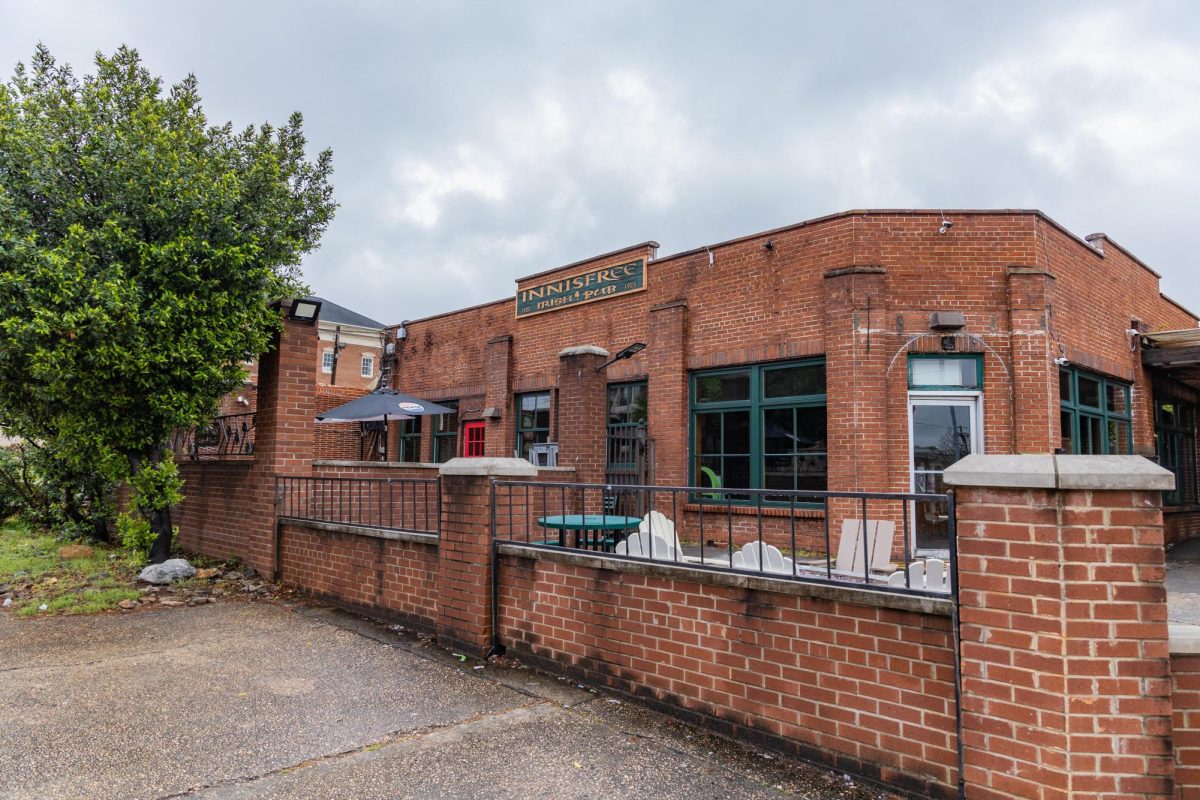Less than one month after Tuscaloosa’s clash with Mother Nature, a small city in the Midwest met a similar foe. Joplin, Mo. was hit with an EF5 tornado on May 22, 2011, which claimed the lives of 161 citizens and destroyed one-third of the town.
Joplin, a town of more than 50,000 people, saw 545 businesses damaged and 4,000 homes destroyed. In Tuscaloosa, which is home to just under 195,000 citizens, 53 lives were lost. The storm destroyed 116 businesses and damaged or destroyed more than 3,700 homes.
Like Tuscaloosa, Joplin has spent the last year recovering.
“Things that look nicer are taking the destruction’s place. Every day something new is popping up,” said Nathan Mills, editor-in-chief of The Chart, the newspaper of Missouri Southern State University. “Joplin is going to look a lot different in a good way.”
The school, which is located in Joplin, played an important role in the immediate recovery process of the city, much like the University of Alabama did with Tuscaloosa.
“MSSU really supported the community,” said Lynn Onstot, public information officer for the City of Joplin. “They helped with American Red Cross, sheltering close to 400 people a night for a good couple weeks. They were also the main gathering place, providing places to have meetings and a recovery center and they housed the volunteers, which was critical, as we had over 10,000 volunteers show up.”
“The tornado definitely upped our profile in the city. Our relationship is a lot more well known,” Mills said. “Now, the University is helping a lot with scholarships to try and instill a sense of normalcy. Having a graduation, getting back to school, having a normal again all help with that.”
University of Alabama students, faculty and staff played a large role in the immediate response of Tuscaloosa city, said Meredith Lynch, public relations coordinator of Incident Command for the City of Tuscaloosa.
“The volunteer support from the University community was amazing. So many students came forward and really reached out in the community,” Lynch said. “In the long run, we are still working with the University of Alabama to make sure Tuscaloosa recovery reflects that relationship.”
After the initial recovery, Joplin and Tuscaloosa started to rebuild.
In Joplin, much of the rebuilding became the responsibility of the citizens, rather than the city.
“Property owners will determine what will go on their property,” Onstot said. “Zoning is already in place, and to rezone, you have to go up in front of the zoning and planning board, so it’s not really up to the city.”
Mills, who has lived in Joplin his entire life, said these actions were reflective of the Joplin citizens.
“Joplin is a very special place, everyone knows and respects their neighbors. People just go out and started cleaning and rebuilding themselves, and that’s what so special about this place, it’s spirit,” Mills said. “A lot of it wasn’t city officials, it was people saying, ‘This is Joplin.’ But as far as the city goes, they were really quick. And they were like, ‘hey, let’s figure this out now.’”
The city of Joplin has formed the Citizens Active and Recovery team, providing citizens a chance to speak up and say what they would like to see develop.
“There will be more green space, sidewalks and amenities that a city can rebuild without developers, but as a city,” Onstot said.
“We sort of picked ourselves up by the bootstraps,” Mills said.
The City of Tuscaloosa took a different approach to recovery than Joplin. Eight days after the storm, city officials helped launch the Tuscaloosa Forward website to help direct reconstruction and plan for the future.
“We reached out to the entire community and launched the Tuscaloosa Forward website where we received an amazing amount of insight from Tuscaloosa citizens,” Lynch said. “Mayor [Walt] Maddox then created a task force of about 50 different people to come up with an initial plan.”
Lynch said Maddox also created a citizens advisory committee to serve as a voice for the community and Tuscaloosa city to communicate through.
“We took all of these ideas and turned it into a vision for the future,” Lynch said.
Since last April, the city has been able to remove 99 percent of the debris, yet plans for many of the destroyed areas are still waiting approval.
“We are doing as much as we can to provide resources to help businesses build back,” Lynch said. “Tuscaloosa Forward has been a great vision for the future, and we are now working on finding funds to make that possible. Once we secure the funding, we plan to make our projects happen.”
Lynch said they hope much of the funding will come from grants and government funding.
“There are tons of grant opportunities out there, we want to make sure we apply for the correct ones,” Lynch said. “We also want to leverage government funding to where it can help the most people possible. We can help the housing market and help businesses if we leverage those funds correctly.”
“As insurance issues begin to work themselves out, as floodway issues are resolved, as availability to credit, which is a huge issue, especially among small businesses, begin to work itself out, I think you will begin to see the growth come back,” Maddox said in a previous interview.
In Joplin, 429 businesses of the 545 that were destroyed have been reopened or are in the process of reopening, and 28 will not be reopening. The city has distributed 3,775 residential permits and 266 commercial permits.
Of the 116 businesses destroyed in Tuscaloosa, 64 have opened or been permitted to do so. From these, 64 businesses, 44 will be relocating to areas such as Northport. Tuscaloosa has granted 2,286 residential permits and 290 commercial permits.
Yet while Joplin and Tuscaloosa differ in reconstruction methods, both see a future with a stronger community.
“Our goal is ‘One year, one community, one direction,’ and that’s exactly what we’re seeing in Joplin,” Onstot said. “This camaraderie, this miracle of the human spirit that we have gotten to know has made us so thankful. And I think it’s this kindness to continue that I would like to see as Joplin continues to grow.”
Lynch reinforced the power of community in Tuscaloosa as well.
“Ever since the storm, we have been able to relate to each other. I hope for the future we will have a new sense of normalcy,” Lynch said. “We can forget this pain and suffering and have a new Tuscaloosa, better than it was before.”








